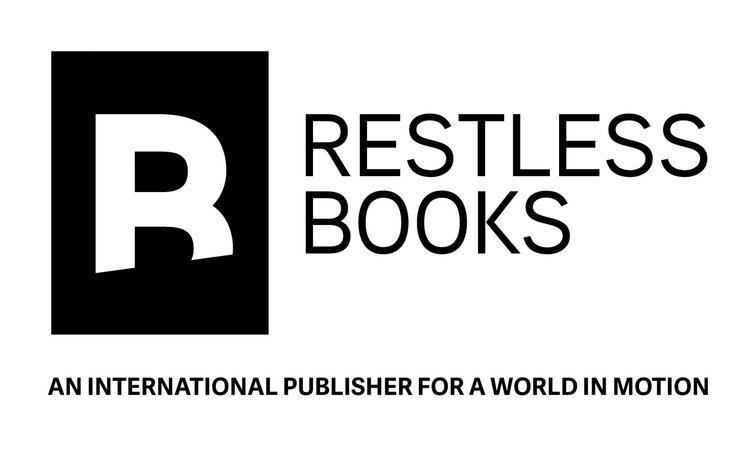When Mexican cartoonist, engraver, and painter Eko set out to illustrate the new four hundredth-anniversary commemorative edition of Don Quixote, he decided that the classic iconography made famous by Dalí, Doré, and Picasso was all derivative of itself, and needed to be reinvented. "Artists who have gotten into Don Quixote are not seeing El Quijote: they see other artists making El Quijote. It’s a dialogue that has been several centuries in the making and that is not yet over. I was not interested in entering that tradition."
In an interview with Alejandro Toledo on Milenio.com, Eko talks about his process and inspiration in coming up with twenty radically original engravings that recapture the sublime strangeness of Cervantes's classic. Setting aside artistic tradition, Eko began from a direct reading of Don Quixote. A delirious story generated delirious engravings. “The anecdotes are inventions from the character’s fantastic imagination. They are attributed to madness because at that time creation was limited to theology. The creation in Don Quixote is an exercise of a pure creation that inspires us,” Eko says.
Toledo also speaks with Restless publisher Ilan Stavans, who talks about choosing a translation and how "a classic is a book capable of engendering a civilization, if not a nation and a religion. El Quijote has done all three things."
Check out the English translation of the interview below, and visit our Kickstarter campaign to see more images and learn more about the book and the Restless Classics series.
Eko Illustrates the Quijote for Restless
by Alejandro Toledo
[This interview originally appeared in Spanish on Milenio.com, and was translated into English by Daniel Gavidia.]
How did you focus your work?
EKO: In my engravings, the character of Don Quixote is Cervantes’s lost hand. That great loss is what generates thousands of things in the pen stroke. We can never come back from those sorts of losses, which keep having a powerful presence.
I suppose you revisited the classic iconography.
I did. Daumier was the first, but then comes Doré, who fixed the image we have of Quixote: old, skinny... Then came the more daring interpretations, such as those of Dalí and Picasso, based on the first engravings. This tells us that artists who have gotten into Don Quixote are not seeing El Quijote: they see other artists making El Quijote. It’s a dialogue that has been several centuries in the making and that is not yet over. I was not interested in entering that tradition. I have my own Quixote, who doesn’t resemble the previous one, and who isn’t in the souvenir shops. I don’t know if people will like it, but it is mine. I plunged directly into the text to find everything that Cervantes’s lost hand found, that hand that disappeared or became a kind of stump or claw.
When did you first read Don Quixote?
It was an excellent edition by Aguilar, printed on Bible paper. I struggled through the language, which wasn’t very accessible to me at that moment when I was eleven years old. What was most surprising is that I laughed at Don Quixote’s tricks played on Sancho, when he complained about being hungry and his master beat him up. I didn’t understand anything, but I laughed at those extravagances.
Ilan, what is your relationship with the novel?
ILAN STAVANS: I am a passionate lover of El Quijote. I reread it every year and have an ample personal collection of editions from multiple languages. I also teach it, in a Talmudic reading, in one of my courses. This September I will publish in English a cultural history titled Quixote: The Novel and the World (Norton) about how the novel became a worldwide phenomenon over the course of four centuries.
What is the English version that will appear in the commemorative edition?
There are twenty-two complete English translations of Don Quixote. With the exception of the Bible, no other book has been translated so many times into the language of Shakespeare. All, except one, were made by men; and most of the translators have been British. The version that I find most authentic, the closest to the original, with the most rhythm and sharpness, is that of John Ormsby, and that is the one we’ll use.
El Quijote has the weight of being considered a classic book, an ornamental piece in many homes, such as the Bible.
Mark Twain once wrote that a classic is a book everyone knows but no one reads. I would add that a classic is a book capable of engendering a civilization, if not a nation and a religion. El Quijote has done all three things.
El Quijote directly influences Laurence Sterne and his Tristram Shandy. Where has the novel left its most profound legacy in the English language?
Don Quixote’s legacy in English is infinite. George Washington had a copy in his library, and it was one of Thomas Jefferson’s favorite books; William Faulkner, in his Paris Review interview, said that he read it once a year; Melville wrote a poem about it; Mark Twain used it as a model for Huckleberry Finn. John Dos Passos promised to rewrite it, without success; John Barth considers it the foundational novel of the West; John Steinbeck mentions it in multiple occasions; Nabokov talked about the novel to whoever wanted to hear him, and forced students to do so, even though he considered it a “cruel book”... Don Quixote and Sancho are the basis for R2D2 and C3PO in Star Wars and of Ernie and Bert in Sesame Street. Orson Welles wanted to make the novel into a film. Waiting for Godot, Beckett’s work, is inspired by El Quijote, as well as the character of Sherlock Holmes.

